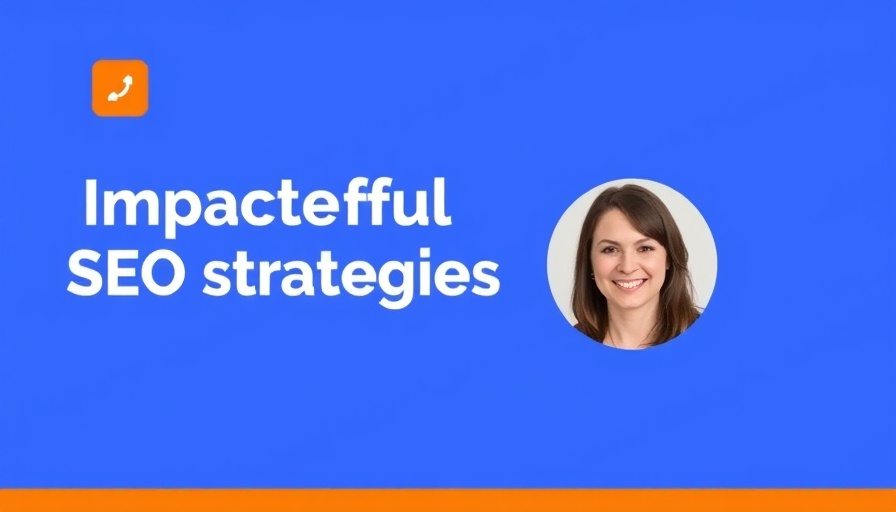
Google’s Growing Dominance in Search Results
As marketers navigating the complexities of SEO, we must acknowledge a reality that is both alarming and inevitable: Google is not just a search engine; it is also a competing business. Recent insights show that Google is directly surfacing its own services in searches related to health and finance — fields that demand utmost accuracy and authority. This shift raises questions about equitable search practices, especially as Google begins to control more search real estate with its AI-enhanced overviews. These summaries, which provide users with quick insights and direct access to information, are increasingly appearing over organic results and putting a significant dent in click-through rates (CTR) for traditional content providers.
Understanding the Impact of AI on Click-Through Rates
Consider the statistics: AI Overviews have been reported to reduce SERP CTR by up to 70%. For businesses reliant on organic traffic, this is a hefty blow. While the idea of a well-informed consumer might seem appealing, it translates to fewer opportunities for marketers unless they rethink their strategies fundamentally. Instead of collaborating with Google to enhance user experience, many businesses find themselves in a losing game, where they provide content that Google can summarize, effectively sidelining their digital existence.
Rethinking SEO Strategies in an AI-Dominated Landscape
The current landscape demands that businesses shift from their traditional SEO approaches to a more assertive strategy that emphasizes differentiation. As Google garners over 12% of the AI Overview space — significantly more than any competitor — it's clear that merely crafting Google-friendly content isn't sufficient anymore. Marketers must explore innovative content strategies that prioritize engagement over mere visibility. The old adage of “content is king” must evolve to “engagement is king.” It's no longer enough to just rank high in search results; businesses need content that captivates and adds value to the consumer.
The User Experience Factor: How Are You Connecting?
Another key consideration is how marketers are connecting with their audiences. The rise of AI also emphasizes the need for emotional and human-centric marketing strategies. Connecting on a deeper level not only fosters loyalty but will also make your content irresistible, a stark contrast to the sterile AI summaries competing for user attention. This challenge presents marketers an opportunity to create more authentic storytelling that resonates with audiences.
The Importance of Actionable Insights
Marketers must also engage in continuous learning and adapting. With Google consistently evolving its algorithms and the implications of AI incorporation, staying ahead of trends is essential. This means constantly refining tactics — leveraging AI tools not just for data analytics but also for enhancing user experience. The challenge is not just about surviving in an AI-optimized world, but thriving by outmanaging the tech that aims to usurp traditional engagement.
Conclusion: It’s Time to Look Out for Number One — You
In a world where Google increasingly looks out for itself, the onus falls on marketers to pivot their strategies. As organic search becomes more saturated with artificial summaries and Google’s own offerings, businesses must focus on crafting engaging, authentic, and unique content that appeals to users’ needs. Embrace your creativity, harness the capabilities of AI for better insights, and don’t let Google’s dominance discourage your digital marketing efforts. Because at the end of the day, if you’re not looking out for #1, who will?
 Add Row
Add Row  Add
Add 




Write A Comment